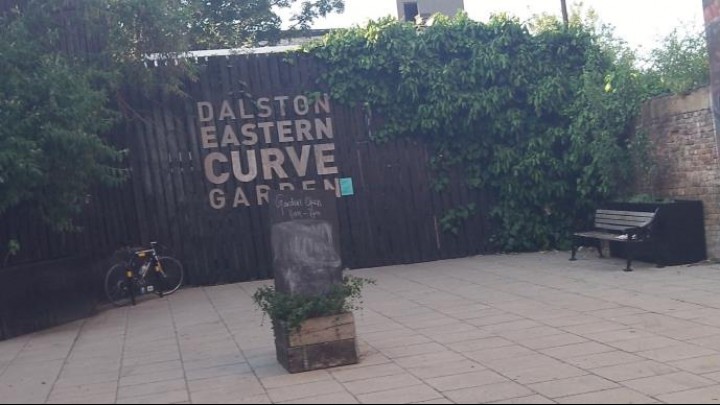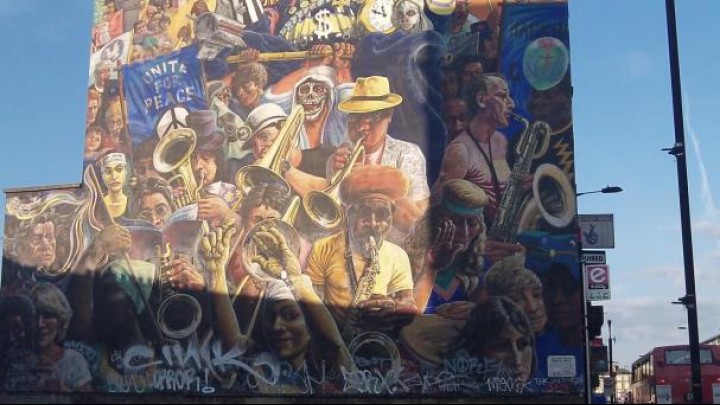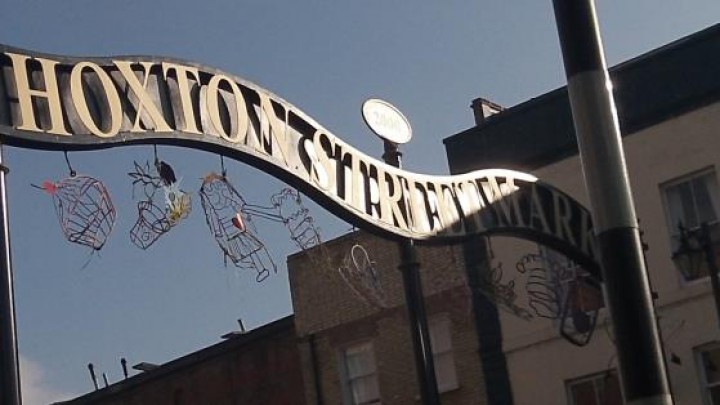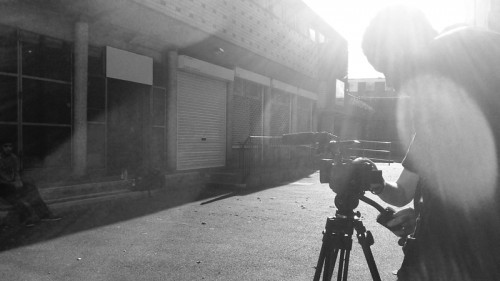Creating Hackney as Home (CHAsH)
Our Approach to ‘asset mapping’:
Creating Hackney as Home (CHAsH) was designed to understand how rapid urban redevelopment in the east London borough of Hackney impacts on young people’s experience of this area, with a particular focus on exploring the emotional dimensions of home and belonging. Building on insights from the Principal Investigator’s earlier research that suggested young people feel ‘unheard’, marginalised or misrepresented (see Butcher & Thomas 2003; Butcher 2010), a participatory visual methodology was developed, embedded in wider shifts in understanding of the rights and responsibilities of young people in relation to adults. Working with five peer research assistants (PRA) who had lived in Hackney for most of their lives, the project produced a series of short films, images, and blogs. These artefacts mapped in different ways not only aspects of Hackney’s physical assets but also the capacity (as an asset) of young people to rework their city, and to reimagine their place within a shifting neighbourhood. Our approach is influenced by recent work in social sciences broadly and specifically cultural geography, including theorists and practitioners such as Gillian Rose, Rachel Pain and Sarah Pink.
The contextual conditions
Despite being substantial users of public space, youth voices in the contestation of urban life have been marginalised, in both research on cities and within policy decision making. And yet, young people, with their social lives focused on neighbourhoods, are highly knowledgeable about their local area. Other researchers have highlighted how young people are also susceptible to negative or positive change to their localities. For example, the London Borough of Hackney has become marked by high levels of urban redevelopment and gentrification as a result of the Olympic site re-development and its position close to London’s global financial centre. It’s marked by high levels of cultural diversity and social inequalities, exacerbated by wealthier residents moving into the borough as part of the process of gentrification in particular neighbourhoods.
Demands from competing stakeholders have led to juxtaposing expectations of space use and a concomitant potential for everyday conflict between residents, and between residents and local authorities. The experience of living in this space is being ethnographically documented but to date there has been little targeted focus on young people, one of the most substantial users of public space in Hackney, and a cohort embroiled in debates about social inclusion, crime and media representations of the borough. Young people have a particular role to play in perceptions of disorder inflected with inter-generational opposition and a discourse of shifting cultural values. They must also operate within a context that is marked by adult understandings of how space should be used, particularly public space and space dominated by commercial interests.
What types of assets have been captured this these approaches?
Five films were produced, each focusing on different themes chosen by the PRAs, including: gentrification; growing up and out of space; cultural diversity; fashion and identity; public and private space. Constructing the films in this way enabled the research to highlight that young people’s voices are heterogenous, moving beyond the idea of an homogenous ‘youth’ that requires specific assets. In fact, the films, along with the research around the process of filming and collecting data, revealed the diversity of assets that young people use in Hackney, including transport, parks, youth centres, schools (after hours), void spaces under and within estates, streets, café’s, gyms, etc.
In addition to the films, the PRAs used flip cameras to capture their own reflections on the themes of the project, the project itself and ideas about their films. They were able to use the flip cameras to capture footage as they worked through the city, illustrating their thoughts with images, although sometimes they chose to just use audio. However, this material is, by agreement, confidential and only seen by other members of the research team.
What are the strengths and limitations of this approach?
A key strength of the participatory framework is the mitigation of the distance between researcher and participant, although it is recognised that no relationship is without its power dynamics. The PRAs were regarded as members of the research team, and as ‘experts’ better able to capture their own experience of living in Hackney.
It has been suggested that visual methods are particularly useful in exploring how people use and move through space, and for capturing the city’s sensory richness. We would agree with this somewhat but the project will evaluate these claims more thoroughly in future publications. One observation to date is that the use of social media to broadcast the films was limited in its ability to create data, that is, to generate a wider discussion around the films online. After the launch (September 2013) there was an initial flurry of commentary from people watching the films but this was primarily adults (e.g. interested post-graduate students), or friends and family. Screening the films to local youth groups (aged 8-16) had some success in terms of generating discussion around their themes, however, the films themselves were considered ‘boring’ by some young people. Instead, it was adult audiences that found them particularly provocative and moving, highlighting that mapping assets in this way can enable young people’s perspectives and experiences to become more visible beyond the scope of their peer groups.
Given that the films, and other material created by the PRAs, is available online, and also screened publically, there were ethical questions concerning recognition that needed to be discussed within the team. While the PRAs were comfortable with a degree of recognition, this was contingent at times on where the films were screened and who it was imagined would be watching them.















